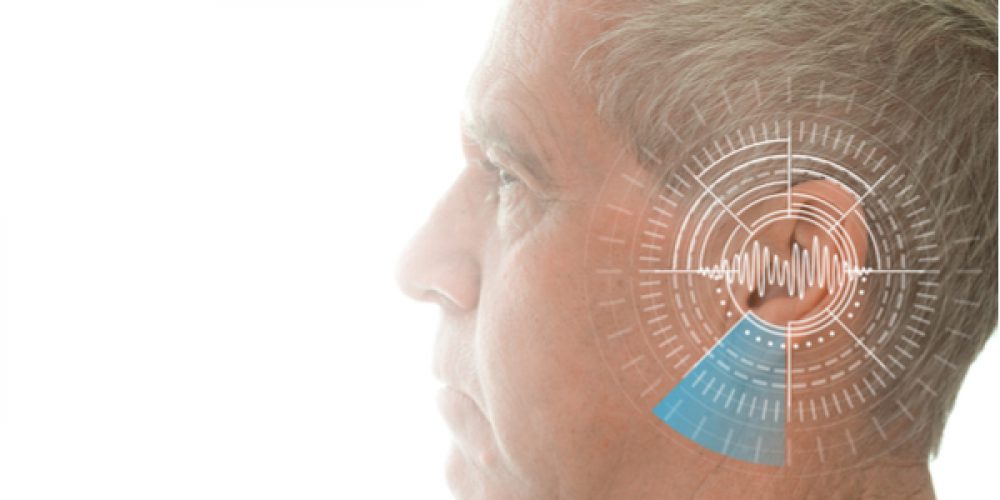Excerpt
This study compared vocal sound pressure level (SPL) and self-perception of speech and voice in men and women with idiopathic Parkinson disease (PD) and in healthy men and women. Thirty subjects with PD (15 men, 15 women) and 14 healthy comparison (HC) subjects (7 men, 7 women) participated in the study. They performed a variety of speech and voice tasks and carried out perceptual self-ratings of nine speech and voice characteristics. To assess performance stability, subjects repeated the data collection procedures on 3 different days. Results revealed that subjects with PD were statistically significantly lower in vocal SPL (2.0–4.0 dB SPL; 30 cm) during speech and voice tasks than HC subjects. Repeated measures across sessions revealed that subjects with PD were not significantly more unstable than HC subjects in their day-to-day performance for all variables examined. In addition, subjects with PD rated themselves as statistically significantly more severely impaired than HC subjects on all nine self-rated perceptual variables examined. These data provide additional descriptive information on speech and voice characteristics in people with PD and may be useful in assessment and treatment planning for this population.
Parkinson disease (PD) is a degenerative condition resulting from a nigrostriatal dopamine deficiency (Hornykiewicz, 1966; Hornykiewicz & Kish, 1986). Approximately 75% of people with PD have speech and voice characteristics that affect their communication abilities (Canter, 1965; Hartelius & Svensson, 1994; Logemann, Fisher, Boshes, & Blonsky, 1978; Ramig, Bonitati, Lemke, & Horii, 1994). Perceptual characteristics, such as reduced loudness, reduced pitch variability, imprecise articulation, and rate disturbances have been reported frequently (Critchley, 1981; Darley, Aronson, & Brown, 1969a, 1969b); however, corresponding acoustic descriptions remain incomplete. In addition, descriptive variables, such as self-perception of speech and voice, and sex-related differences have not been considered. The purpose of this study was to describe vocal SPL and self-perception of speech and voice in order to provide a more comprehensive understanding of speech and voice characteristics in people with PD. These descriptive data may be of clinical value in assessment and treatment planning for this population…







